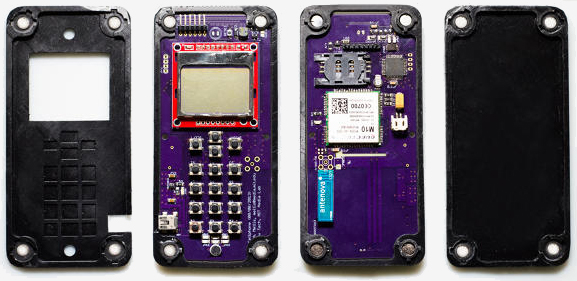Researchers at MIT are working on a project that one day may reduce the need for manual labor and highly customized robotics on assembly lines around the world.
Skylar Tibbits, a research scientist in MIT's department of architecture, has partnered with designer Marcelo Coelho to develop a rough prototype of a self-assembling mobile phone.
As Fast Company notes, the handset in question is comprised of six parts that can assemble into two different phones. All of the components are loaded in a tumbler (kind of like a large cement mixer) and tossed around until they inevitably join together.

Care has to be taken when selecting the tumbling speed. Rotating the drum too slow won't create enough movement for the components to interact with each other while applying too much speed could damage them. To ensure only the correct parts link up with each other, the team used a series of magnets with varying polarities.
Tibbits concedes that, if the process eventually did scale to mass production, it wouldn't do much to save human labor as companies these days are shifting to cheaper overseas labor or automating processes. Instead, the technique could be used to automate processes at a much lower cost.
This isn't the first time MIT researchers have tinkered with the notion of self-assembly. Last year, for example, researchers created a mini self-assembling chair that was able to build itself using current from moving water. The process took a long time to complete (around seven hours) but was impressive nevertheless.